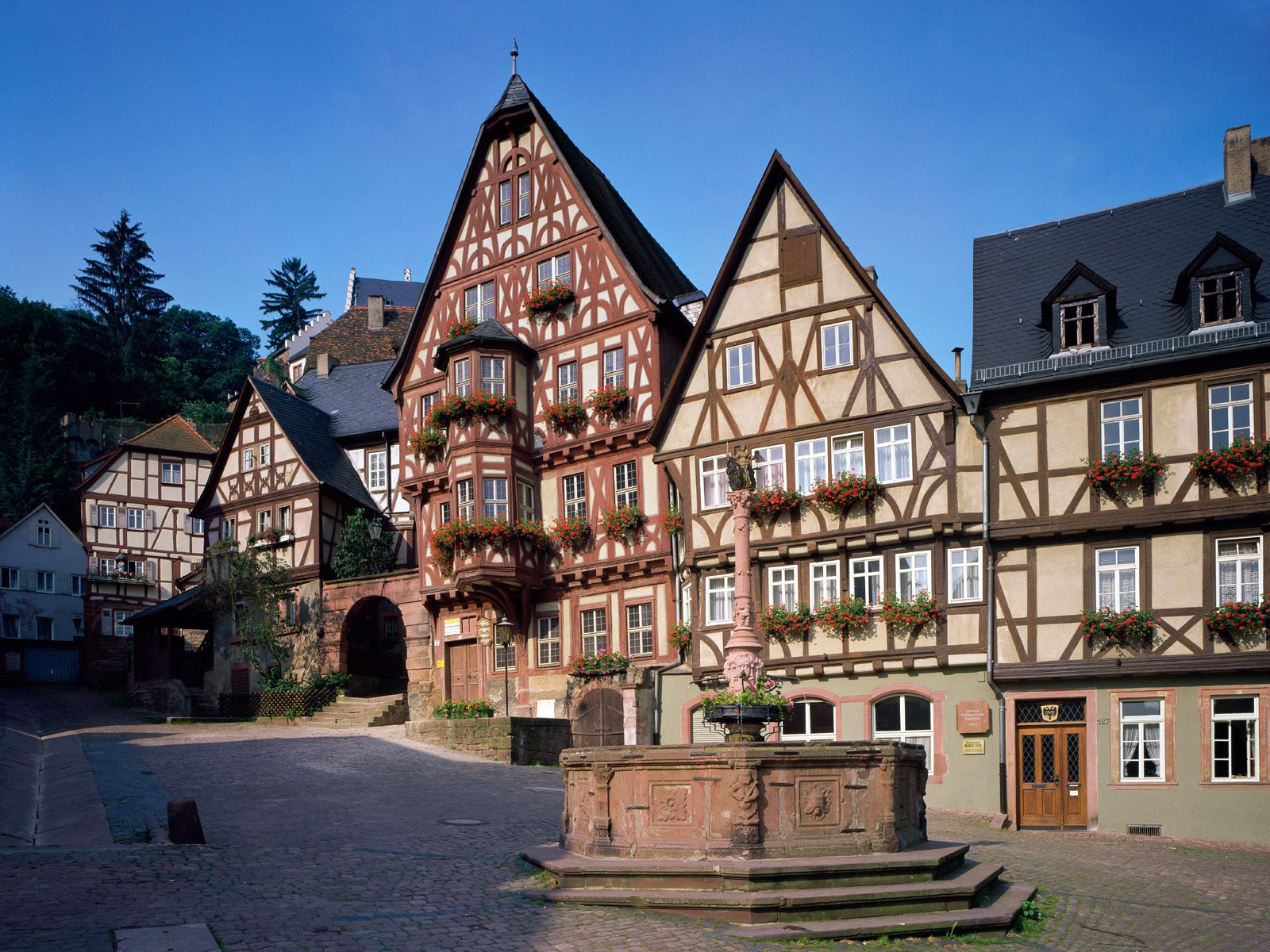Global Travel Information
River Colorado, USA
The Mighty Colorado River: Lifeblood of the American Southwest
The Colorado River is one of the most iconic and vital waterways in the United States, carving its way through rugged canyons, nourishing arid landscapes, and sustaining millions of people across the American Southwest. Stretching approximately 1,450 miles (2,330 kilometers) from its headwaters in the Rocky Mountains of Colorado to its delta in Mexico, the river is a lifeline for ecosystems, agriculture, and urban centers. Yet, despite its grandeur, the Colorado River faces unprecedented challenges due to climate change, overuse, and prolonged drought. This article explores the river’s geography, historical significance, ecological importance, and the pressing issues threatening its future.

Geography and Course of the Colorado River
The Colorado River originates in the Rocky Mountains near La Poudre Pass in Colorado, where snowmelt feeds its initial flow. It winds through seven U.S. states—Colorado, Wyoming, Utah, New Mexico, Nevada, Arizona, and California—before crossing into Mexico and emptying into the Gulf of California (though its delta is now often dry due to water diversions).
One of the river’s most famous features is the Grand Canyon, a breathtaking geological wonder carved over millions of years by the Colorado’s relentless flow. The canyon, stretching 277 miles (446 km) and reaching depths of over a mile (1.6 km), is a testament to the river’s power. Other notable landmarks along its course include Lake Powell (formed by the Glen Canyon Dam) and Lake Mead (created by the Hoover Dam), two of the largest reservoirs in the U.S.
Historical and Cultural Significance
For thousands of years, Indigenous peoples, including the Hopi, Navajo, Ute, and Paiute tribes, have relied on the Colorado River for water, food, and spiritual sustenance. Petroglyphs and ancient settlements along its banks reveal a deep connection between Native American cultures and the river.
European explorers first encountered the Colorado in the 16th century, but it wasn’t until the 19th century that major expeditions, like John Wesley Powell’s 1869 journey through the Grand Canyon, mapped its course. The river soon became a focal point for settlement, agriculture, and later, hydroelectric power.
The Colorado River Compact of 1922 divided its waters between the Upper Basin (Wyoming, Colorado, Utah, New Mexico) and the Lower Basin (Arizona, Nevada, California), with additional allocations for Mexico in 1944. However, these agreements were based on overly optimistic water flow estimates, setting the stage for future conflicts.
Ecological Importance
The Colorado River supports diverse ecosystems, from alpine forests to desert wetlands. Its waters sustain endangered species like the humpback chub and razorback sucker, while its delta once hosted lush marshes teeming with wildlife. Today, conservation efforts aim to restore portions of the delta through controlled water releases.
However, dams and diversions have drastically altered the river’s natural flow. The Hoover Dam (1935) and Glen Canyon Dam (1966) provide hydropower and water storage but disrupt sediment flow and fish migration. Climate change exacerbates these issues, with rising temperatures reducing snowpack—the river’s primary water source.
Modern Challenges: Drought and Overuse
The Colorado River is in crisis. A 23-year megadrought (2000–present), the worst in 1,200 years, has shrunk reservoirs to historic lows. Lake Mead and Lake Powell, which supply water to 40 million people, are at less than 30% capacity. If levels drop further, hydroelectric production could halt, triggering water shortages across the Southwest.
Agriculture consumes 80% of the river’s water, supporting crops like alfalfa and lettuce in arid regions. Meanwhile, rapidly growing cities—Las Vegas, Phoenix, Los Angeles—face increasing demand. Legal battles over water rights, such as Arizona’s disputes with California, highlight the river’s strained resources.
Solutions and the Future of the Colorado
Addressing the Colorado’s decline requires urgent action:
- Water Conservation – Cities are adopting measures like drip irrigation and wastewater recycling. Las Vegas, for example, outlaws decorative grass and pays residents to remove lawns.
- Revised Water Agreements – The 1922 Compact must be renegotiated to reflect current realities. Temporary cuts have been implemented, but long-term solutions are needed.
- Ecosystem Restoration – Programs like "Minute 319" (a U.S.-Mexico treaty) release water to revive the delta’s wetlands.
- Climate Mitigation – Reducing greenhouse gas emissions is critical to preserving the Rockies’ snowpack.
Conclusion
The Colorado River is more than a waterway—it is a symbol of resilience and a vital resource for the Southwest. Yet, its future hangs in the balance. Without immediate action, the river may no longer sustain the cities, farms, and ecosystems that depend on it. The story of the Colorado is a cautionary tale of human ingenuity and its limits, reminding us that even the mightiest rivers are not invincible.
As the region grapples with scarcity, cooperation and innovation must prevail to ensure the Colorado continues to flow for generations to come.
(Word count: ~1,050)
Would you like any sections expanded or additional details on specific aspects (e.g., Indigenous history, dam engineering, or climate data)?
相关文章
- Elbe River Botanical Gardens: Flowers & Plants Along the Banks
- Elbe River Zoos & Aquariums: Family Fun Near the River
- Elbe River Amusement Parks: Rides with River Views
- Elbe River Camping Spots: Pitch a Tent by the Water
- Elbe River Glamping Sites: Luxury Camping Along the Banks
- Elbe River RV Parks: Stay in Your Camper Near the River
- Elbe River B&Bs: Cozy Accommodations with a Personal Touch
- Elbe River Hostels: Budget Stays for Young Travelers
- Elbe River Business Travel Guide: Meetings & Events Near the Water
- Elbe River Conference Venues: Spaces with River Views
发表评论
评论列表
- 这篇文章还没有收到评论,赶紧来抢沙发吧~

